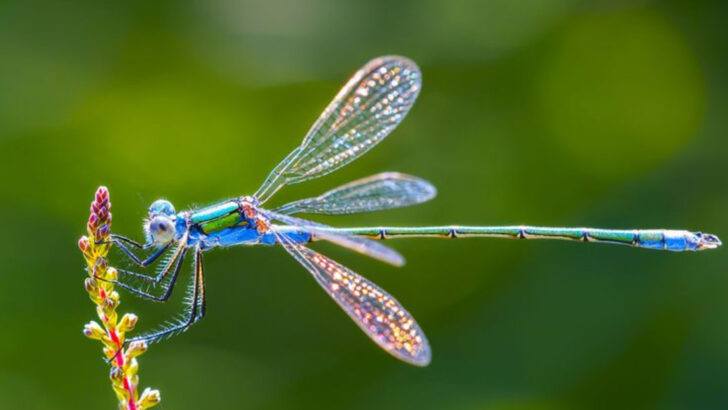This Texas creek was written off as dead—but nature had other plans.
Once choked with mud and silence, it looked like nothing more than a dry scar on the land.
No fish. No birds. Just a forgotten trickle.
But now? It’s alive—and it’s loud about it.
Turtles bask on sun-warmed rocks. Dragonflies zip across the surface. A rare native fish, long thought gone, just made a comeback.
What sparked the turnaround? The signs are everywhere, if you know where to look.
From blooming wildflowers to the shimmer of scales in clear water, this creek isn’t just recovering—it’s thriving.
Here are 16 striking clues that prove this little stream isn’t finished yet.
In fact, it might just be getting started.
Return of the Guadalupe Bass
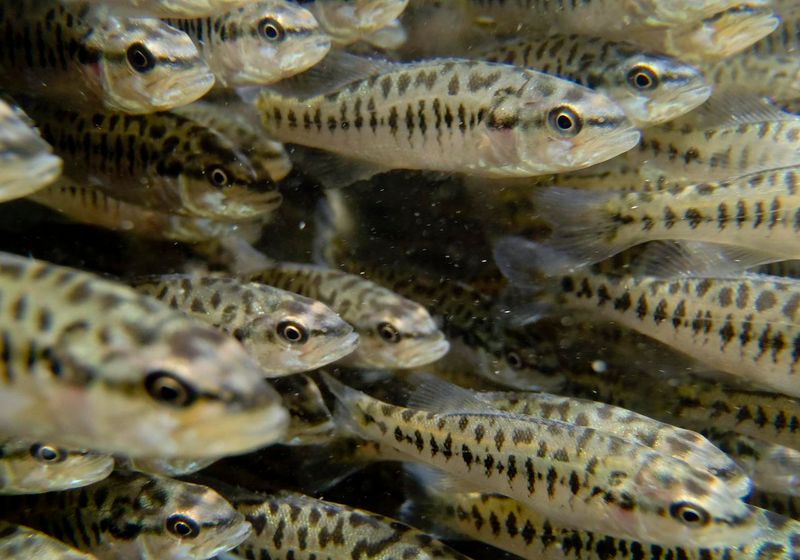
The Guadalupe Bass, Texas’ state fish, is making a comeback in the creek’s clear waters. Known for its olive and greenish hues, it symbolizes the thriving aquatic life.
This resurgence indicates an improved ecosystem, where biodiversity can flourish. Anglers and nature enthusiasts alike are excited by the presence of this native species, which had dwindled due to habitat loss.
Efforts to restore the creek’s natural habitat are paying off, as evidenced by the return of this prized fish. The creek’s health is now a beacon for conservation success.
Increased Dragonfly Activity
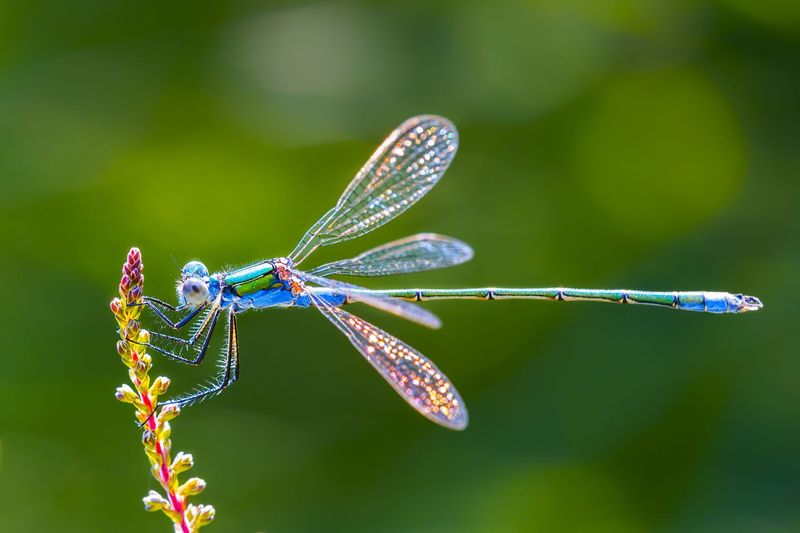
Dragonflies, with their iridescent wings and agile flight, have become a common sight along the creek. These insects are sensitive indicators of environmental health.
Their presence suggests clean water and a balanced ecosystem, as they thrive in areas with abundant prey like mosquitoes and flies.
The diversity in dragonfly species is particularly telling, showcasing not only the creek’s rejuvenation but also the rich tapestry of life it now supports. Their vivid colors and flitting movements add a dynamic energy to the waterside landscape.
Reappearance of Freshwater Mussels
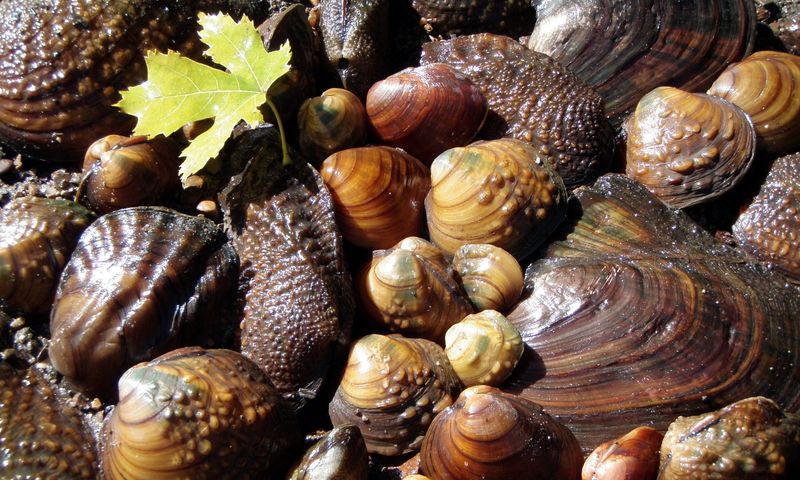
Freshwater mussels have made a triumphant return to the creek. Known for their role in filtering and purifying water, their presence is a positive sign of improving water quality.
These bivalves provide critical habitat for other aquatic life, anchoring the ecosystem. Their shells offer a refuge and substrate for various microorganisms.
Did you know? Mussels can live for decades, silently contributing to the creek’s health and maintaining a balanced ecosystem.
Presence of Rare Amphibians
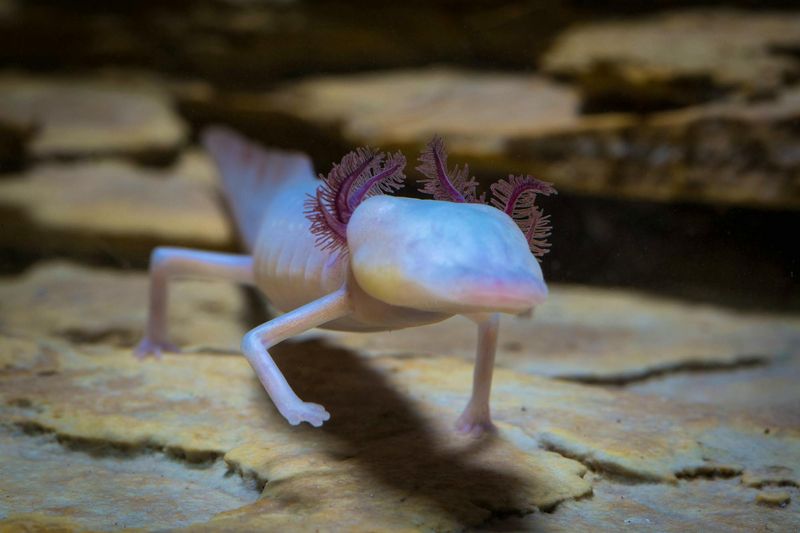
Hidden under rocks and in crevices, rare amphibians like the Texas Salamander are reappearing. These creatures require clean, oxygen-rich water to survive, indicating the creek’s improved quality.
Their return is a positive sign, pointing to successful conservation efforts.
Such species play crucial roles in maintaining ecological balance, preying on insects and being a food source for larger animals. The presence of these elusive amphibians adds to the creek’s biodiversity and signals a thriving habitat.
Reappearance of Turtles
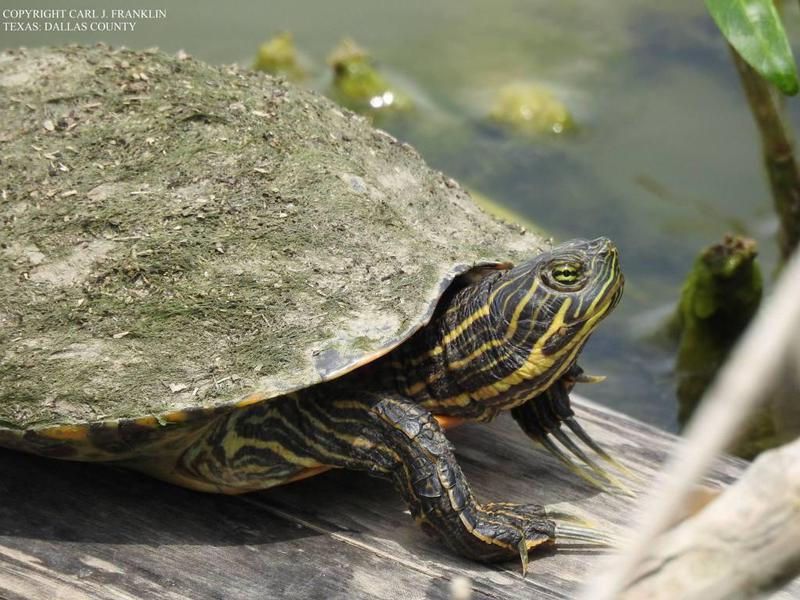
Turtles are once again a familiar sight basking on sunlit logs in the creek. Their return marks the success of habitat restoration.
These reptiles need clean water and abundant food sources, both of which the creek now provides.
Turtles contribute to the ecosystem by controlling aquatic plant growth and maintaining food webs. Their presence is a welcome sign of ecological balance, drawing visitors and wildlife enthusiasts eager to catch a glimpse of these gentle creatures.
Abundant Fish Population
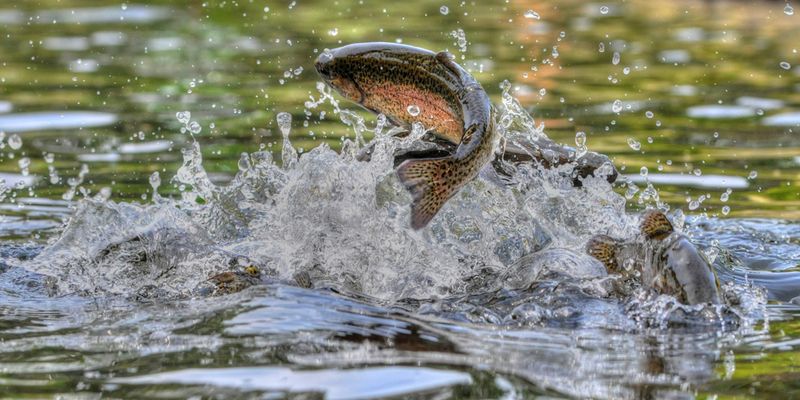
The creek now teems with fish, reflecting its restored health. Schools of minnows and larger species indicate a thriving aquatic environment.
Fish are essential for a balanced ecosystem, serving as prey for birds and mammals. Their abundance showcases the creek’s capacity to support diverse life forms.
This resurgence has revitalized local fishing activities, bringing joy to anglers and economic benefits to the community. The lively fish population is a testament to the creek’s rejuvenation and a draw for nature lovers.
Revived Bird Activity
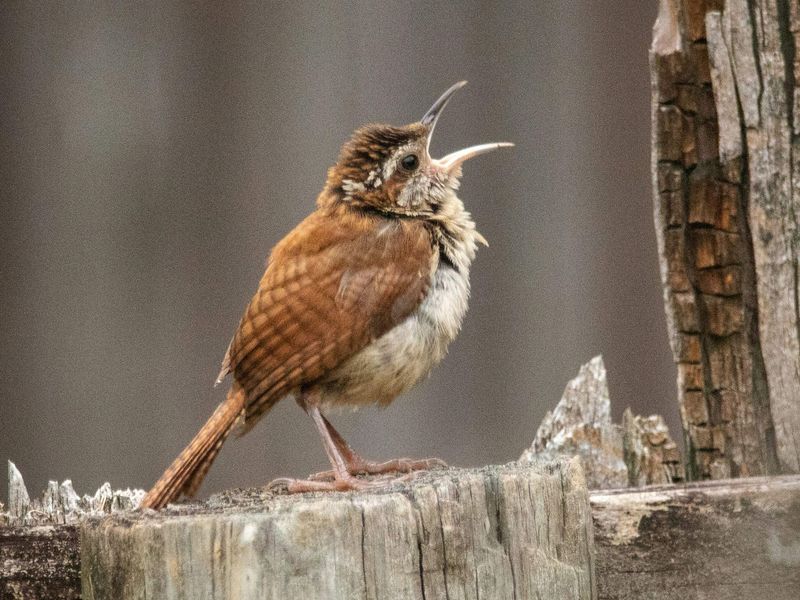
Birdsong fills the air as various bird species flock to the creek. Herons, kingfishers, and other birds find ample food and nesting sites here.
Their presence signifies a healthy ecosystem, as birds rely on clean water and abundant prey.
Bird watchers revel in the diversity, noting species that were absent for years. The creek’s revival is a sanctuary for avian life, adding to its ecological richness and offering a serene backdrop for bird enthusiasts and hikers alike.
Vibrant Crawfish Population
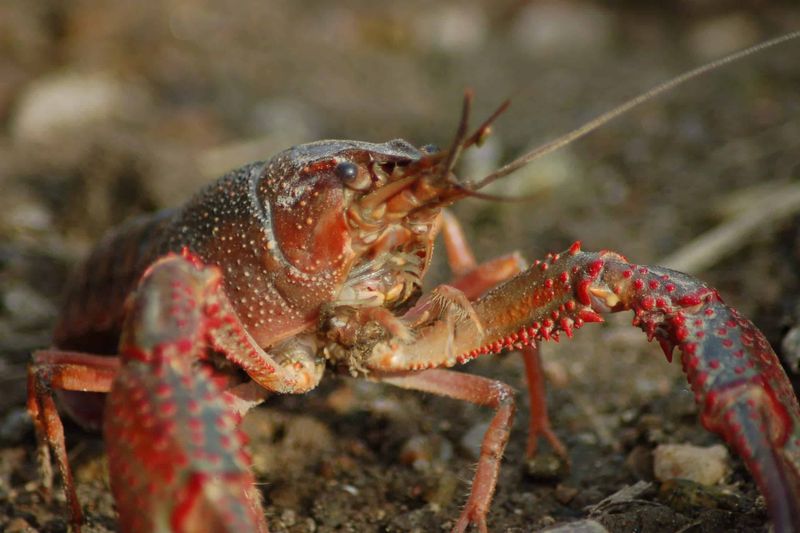
A surge in the crawfish population marks an exciting development. These crustaceans, known for their resilience, thrive in clean, oxygen-rich water.
Their presence indicates a healthy environment, supporting diverse aquatic life. Crawfish also play a crucial role in nutrient cycling, breaking down organic matter.
Quirky fact: Crawfish can walk forward and backward, a unique trait that showcases their adaptability in diverse habitats.
Return of Beavers

Beavers, nature’s engineers, have returned to the creek, building dams and creating new habitats. Their activities promote biodiversity by forming ponds that support various species.
These industrious animals are indicators of a healthy ecosystem, as they require fresh water and abundant resources.
The presence of beavers suggests the creek’s revival is robust, with an environment capable of sustaining complex food webs. Their return is celebrated by conservationists as a sign of ecological success and a boost to local biodiversity.
Increased Diversity of Insects
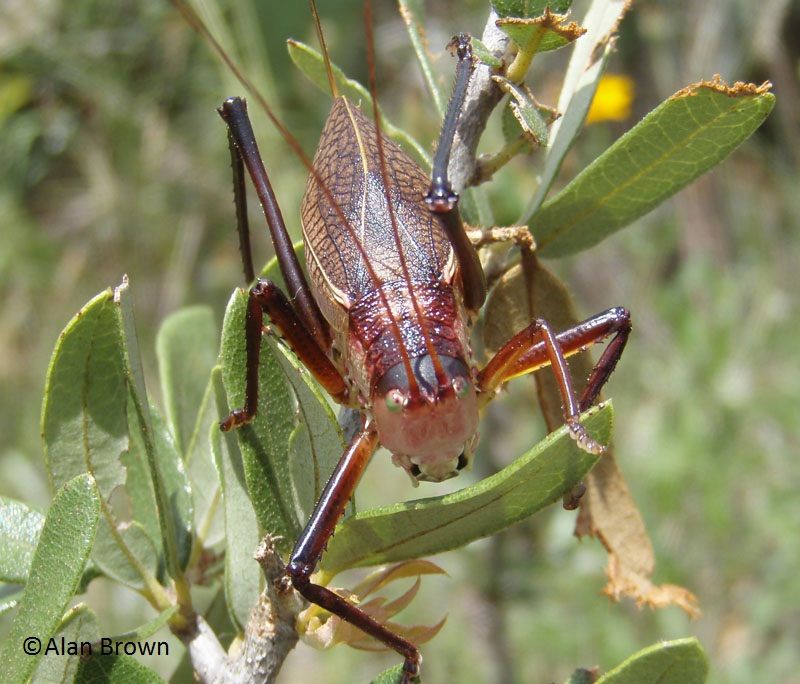
A myriad of insects now buzzes around the creek, from butterflies to beetles, indicating rich biodiversity.
These insects play crucial roles in pollination and as a food source for other animals, contributing to the creek’s balance.
Their diversity highlights the restoration efforts and the creek’s capacity to sustain life. This lively insect population adds to the vibrant ecosystem, drawing naturalists and photographers keen to observe the small wonders of nature.
Lively Minnow Schools
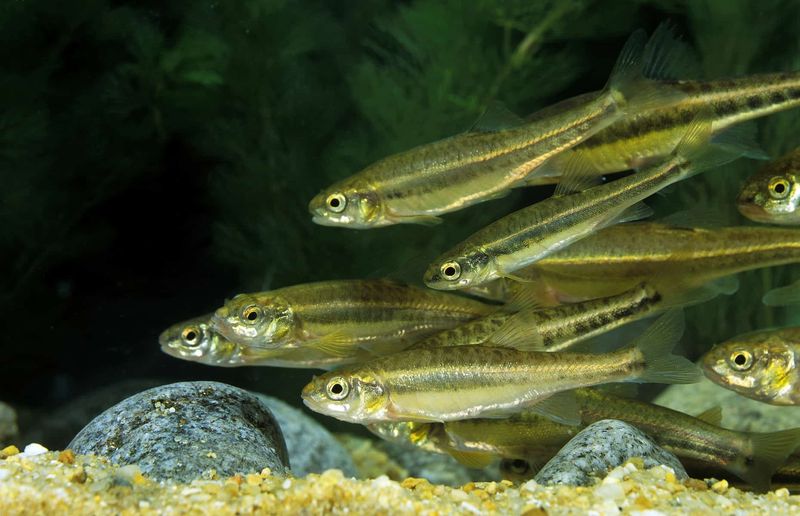
The sight of minnows weaving through the creek is a testament to the thriving aquatic ecosystem. These small fish are crucial for controlling insect populations and serve as prey for larger species.
Their dynamic movements create a dance in the water, symbolizing the creek’s renewed vitality. Minnows are often the first to repopulate recovering waterways.
Fun fact: Minnows can adapt to various environmental conditions, making them key indicators of water quality improvement.
Presence of Otters

Playful otters have found a home in the creek, delighting onlookers with their antics. These charismatic mammals require clean water and abundant fish.
Their presence is a strong indicator of the creek’s health and thriving aquatic life.
Otters contribute to the ecosystem by controlling fish populations and enhancing biodiversity. Their playful presence adds charm to the area, making the creek a favorite spot for wildlife enthusiasts and families seeking a connection with nature.
Emergence of Native Birds

Native birds, including the striking Painted Bunting, are nesting by the creek. These birds require specific habitats and food sources.
Their presence points to the creek’s successful rehabilitation, offering a boon for bird watchers and conservationists.
The colorful display of these birds is a testament to the creek’s revived ecosystem, providing nourishment and shelter. Their presence adds to the auditory and visual beauty of the area, attracting visitors and enriching the local biodiversity.
Signs of Mammals Returning

Mammals such as raccoons and deer are frequenting the creek, drawn by its resources. Their return is promising, suggesting a balanced ecosystem.
These animals rely on the creek for water and foraging. The presence of mammals underscores the successful restoration efforts, as they require diverse habitats to thrive.
Their activities contribute to the ecological dynamics, and their sightings are a thrilling experience for nature lovers exploring the rejuvenated creek area.
Frogs Croaking in Harmony
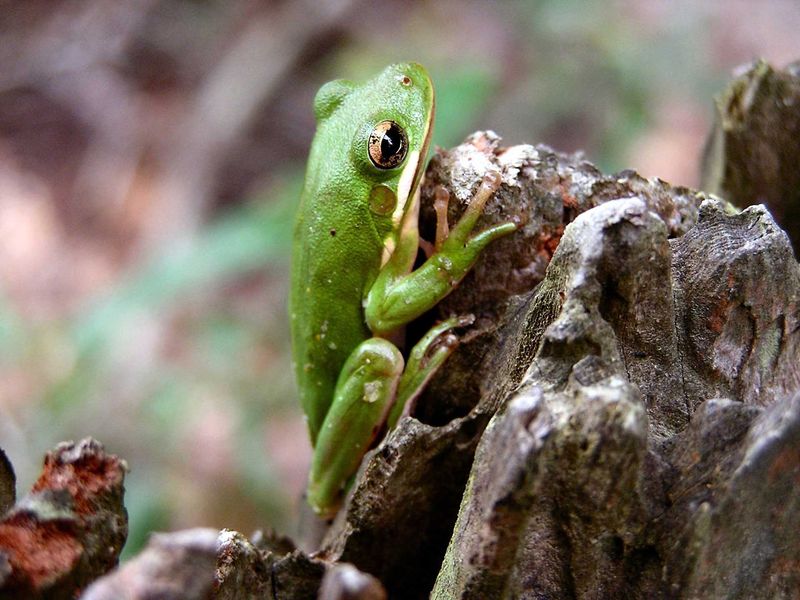
In the quiet moments of dusk, the harmonious croaks of frogs echo through the air, a natural symphony that signals ecological health. These amphibians are sensitive to environmental changes.
Their return is a clear sign of cleaner water and improved habitat conditions. Each croak adds a note to the melody of revival, inviting curious ears to listen more closely.
Fun fact: Frogs are considered bioindicators, meaning their presence reflects the environmental health of an area.
Increased Human Recreation
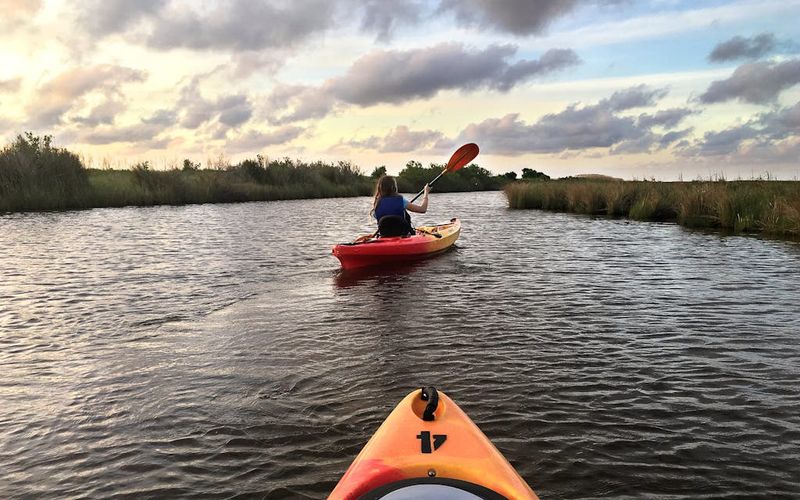
The creek’s revival has drawn human activity, with families picnicking and kayaking. This increased recreational use signifies the creek’s newfound health and appeal.
Visitors are attracted by the clear waters and vibrant wildlife, making the creek a popular destination. The engagement with nature fosters awareness and support for conservation efforts, ensuring the creek remains a cherished natural resource for future generations.
The bustling human activity complements the natural resurgence, highlighting the creek’s role as a community treasure.

